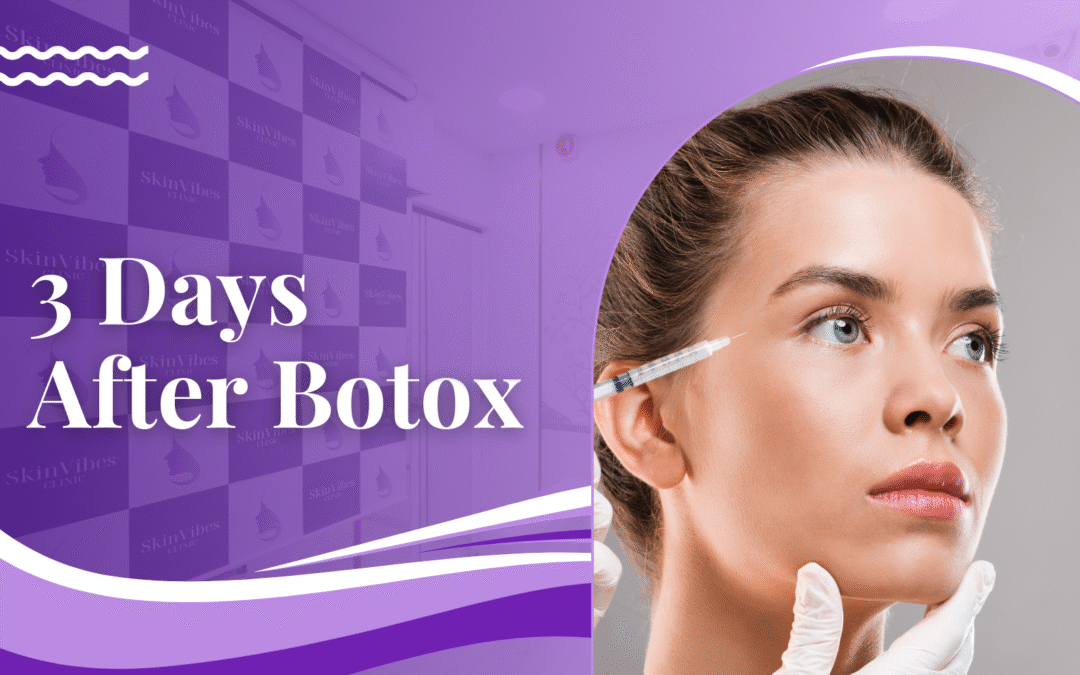
3 Days After Botox
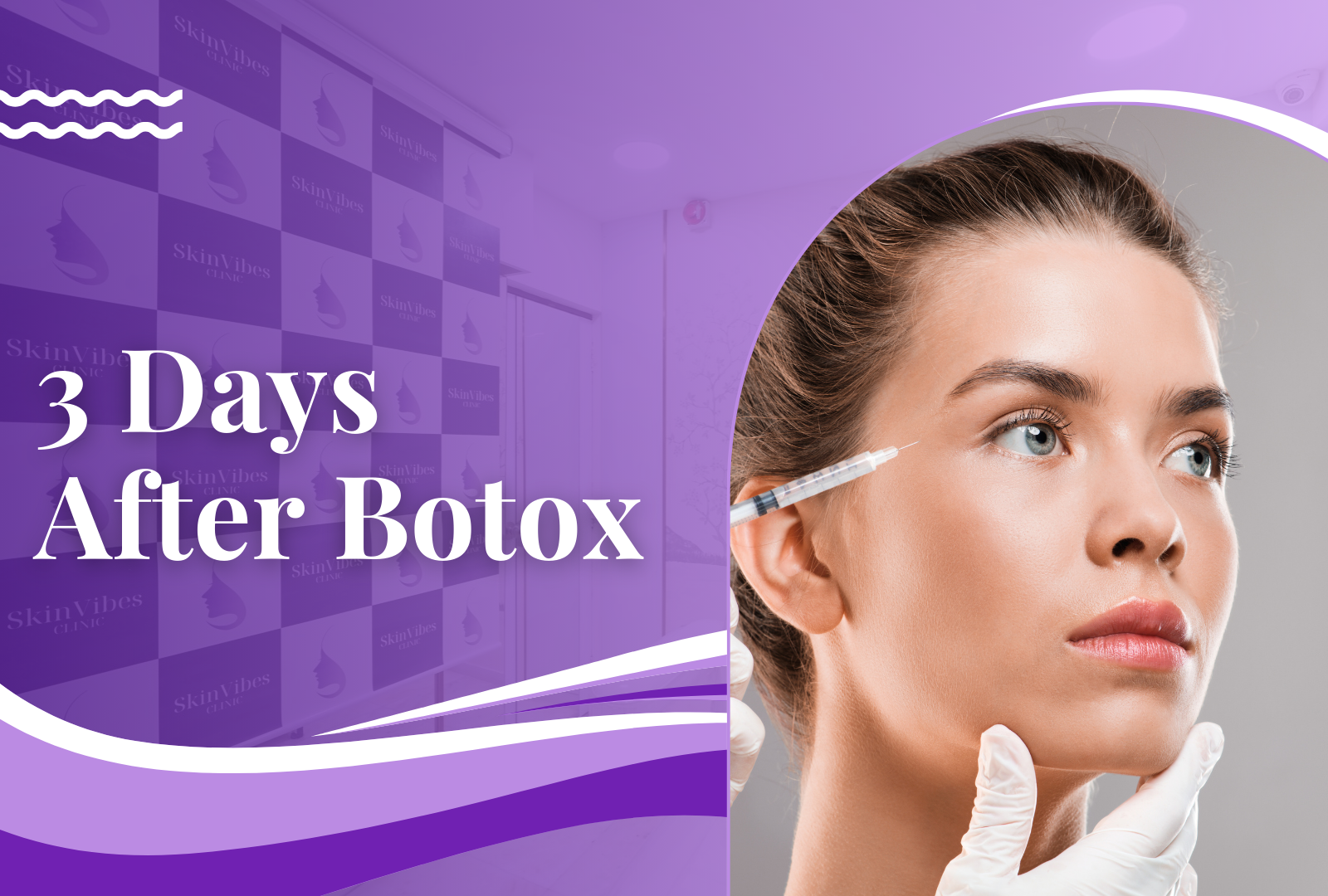
Aging is a natural process that brings about changes in our skin, leading to wrinkles and fine lines. To combat these signs, many individuals turn to anti-aging treatments, with Botox being one of the most popular choices. Botox injections help relax facial muscles, reducing the appearance of wrinkles and providing a more youthful look. However, understanding the post-treatment phase is crucial for optimal results.
But once the treatment is done, questions often arise—especially about what to expect in the days that follow. One of the most common points of curiosity is what happens 3 days after Botox, and whether or not the experience at this point is normal or something to worry about.
“Day three can feel like a waiting game. You may notice slight changes, but it’s too early for full results. I always remind patients that this is a transitional phase,” says Dr. Viral Desai, a prominent skin specialist in Santacruz, Mumbai. “You’re not doing anything wrong if things look the same—it’s all part of the process.”
Dr. Viral Desai is the founder of Skin Vibes, a premier skin clinic in Mumbai that has become synonymous with excellence in aesthetic care. With over two decades of experience and an artistic eye, Dr. Desai has helped countless patients achieve natural-looking results through customized Botox treatment in Santacruz.
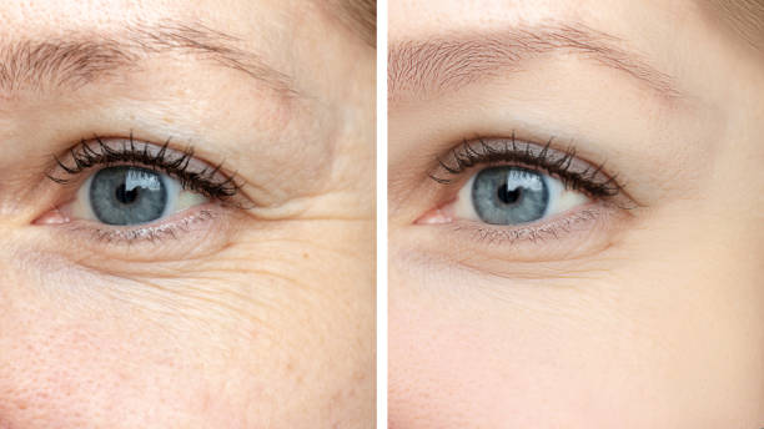
Let’s see what generally occurs around day three.
What to Expect 3 Days After Botox
By day three after Botox, patients will notice a slight difference and can experience:
- Mild Swelling: Mild swelling, such as botox bumps after 2 days, is normal and fades away in a few days.
- Bruising: Minor bruising can be seen, particularly if blood vessels were impacted during injection.
- Tenderness: Some tenderness or sensitivity at injection sites may occur but typically fades rapidly.
- Initial Results: Early indications of muscle relaxation may be evident, although complete effects appear after a week.
- No Major Restrictions: Most people are able to go back to normal daily activities but should avoid strenuous exercises.
It is important to watch out for these symptoms and talk to your skin doctor if there is a concern.
Is Swelling or Bruising Normal 3 Days After Botox?
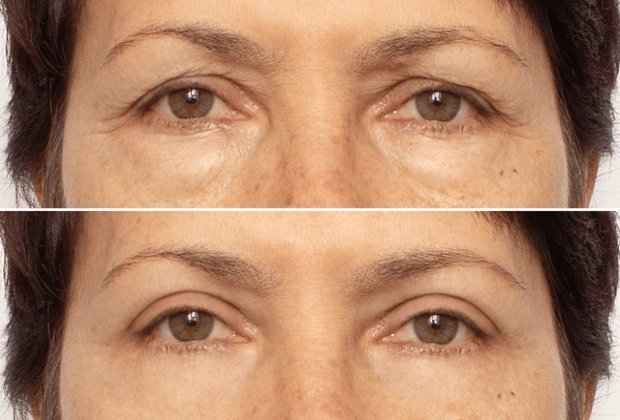
Yes, having mild swelling or bruising three days after Botox is completely normal. Such side effects are a result of the injection and the healing process of the body. Such symptoms are usually temporary and subside on their own.
To ease discomfort:
- Cold Compress: Applying a cold pack can reduce swelling.
- Avoid Massaging: Refrain from touching or rubbing the treated areas.
- Stay Upright: Keep an upright posture for a few hours after treatment to avoid Botox migration.
If swelling or bruising lasts longer than a week or gets more serious, seek advice from your skin doctor
Worried that your swelling or bruising is unusual? Consult an expert to ensure everything is on track.
Confused about what you should and shouldn’t be doing now? Check out this handy guide that explains the dos and don’ts after 3 days of Botox.
Do’s and Don’ts 3 Days After Botox
Do’s:
- Stay Hydrated: Drink ample water to aid the healing process.
- Gentle Facial Exercises: Lightly move facial muscles to help Botox settle.
- Use Gentle Skincare Products: Opt for mild cleansers and moisturizers to avoid irritation.
- Protect from Sun: Apply sunscreen to shield treated areas from UV exposure.
Don’ts:
- Avoid Strenuous Activities: Refrain from heavy workouts that increase blood flow to the face.
- No Alcohol Consumption: Alcohol can exacerbate bruising and swelling.
- Skip Facial Treatments: Delay facials, massages, or other skin treatments for at least a week.
- Don’t Lie Down Immediately: Wait at least four hours post-injection before lying down to prevent Botox migration.
Adhering to these guidelines ensures a smoother recovery and enhances the effectiveness of your Botox treatment
Common Side Effects at Day 3 of Botox

While Botox is generally safe, some side effects may manifest by the third day:
- Headache: A transient headache may be experienced but settles rapidly.
- Flu-like Symptoms: A few people feel slighltly unwell, similar to having the flu but milder.
- Dry Eyes or Mouth: Temporary dryness may be experienced, especially if areas near the eyes or mouth were treated.
- Drooping Eyelids: In rare cases, eyelids may appear slightly drooped, or swollen eyelids after Botox can also occur but this effect is typically temporary.
Monitoring these symptoms and maintaining open communication with your skin doctor, ensures timely intervention if needed.
Thinking your results might need a little tweak? Here’s when to safely consider a touch-up for best results.
When is it Safe to Schedule a Touch-Up After Botox?
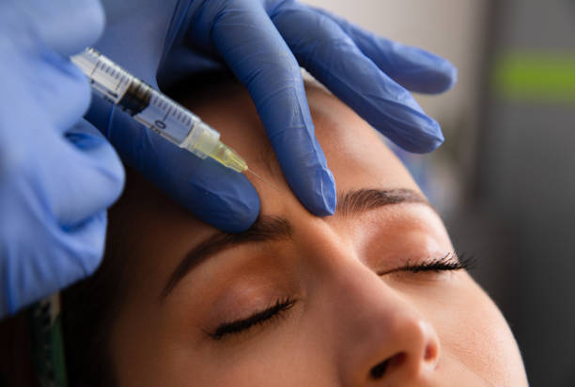
It’s usually okay to get a Botox touch-up approximately 14 days after your first treatment. This is long enough for the neuromodulator to settle completely into the treated muscles, bringing out the real results. Your provider can then evaluate whether any tweaking is necessary for symmetry or further smoothing at this time.
“Always wait the full two weeks before deciding about touch-ups,” advises Dr. Viral Desai, a well-known skin doctor in Santacruz, Mumbai. “This is the time it takes for the Botox to fully activate and allows us to make more precise tweaks, if needed.”
Scheduling too soon could result in overcorrection or unnecessary correction. If you are not sure if a touch-up is for you, your clinician will advise you depending on where your results are headed and your personal aesthetic desires.
Think your results might need a little refining? Book a consultation with a certified Botox specialist to evaluate if a touch-up is needed.
Conclusion
Knowing what to expect three days following Botox treatment sets realistic expectations and ensures a smoother healing process. Slight swelling, bruising, or soreness are normal and tend to resolve without problem. Following aftercare instructions and staying open with your skin specialist improves the success of your treatment.
Dr. Viral Desai, a renowned cosmetic and plastic surgeon in Mumbai, and the team at Skin Vibes, an ultramodern skin clinic in Santacruz, are dedicated to providing exceptional care, ensuring your aesthetic goals are met with professionalism and expertise.
FAQs
Is it safe to sleep on your side 3 days after Botox?
Yes, once the first four hours have passed since treatment, sleeping on your side is usually fine.
How long do Botox results last?
Typically, Botox effects last between 3 to 6 months, depending on individual factors.
How soon will I see full results?
Max results are generally seen within 7 to 14 days after injection.
Is bruising a sign of complications?
Bruising is normal and not a sign of complications.
Will Botox affect my facial expressions?
When administered correctly, Botox softens wrinkles without compromising natural expressions.
Is Botox safe for all skin types?
Yes, Botox is generally safe for all skin types when performed by qualified professionals.
Disclaimer: The information shared in this content is for educational purposes and not for promotional use.


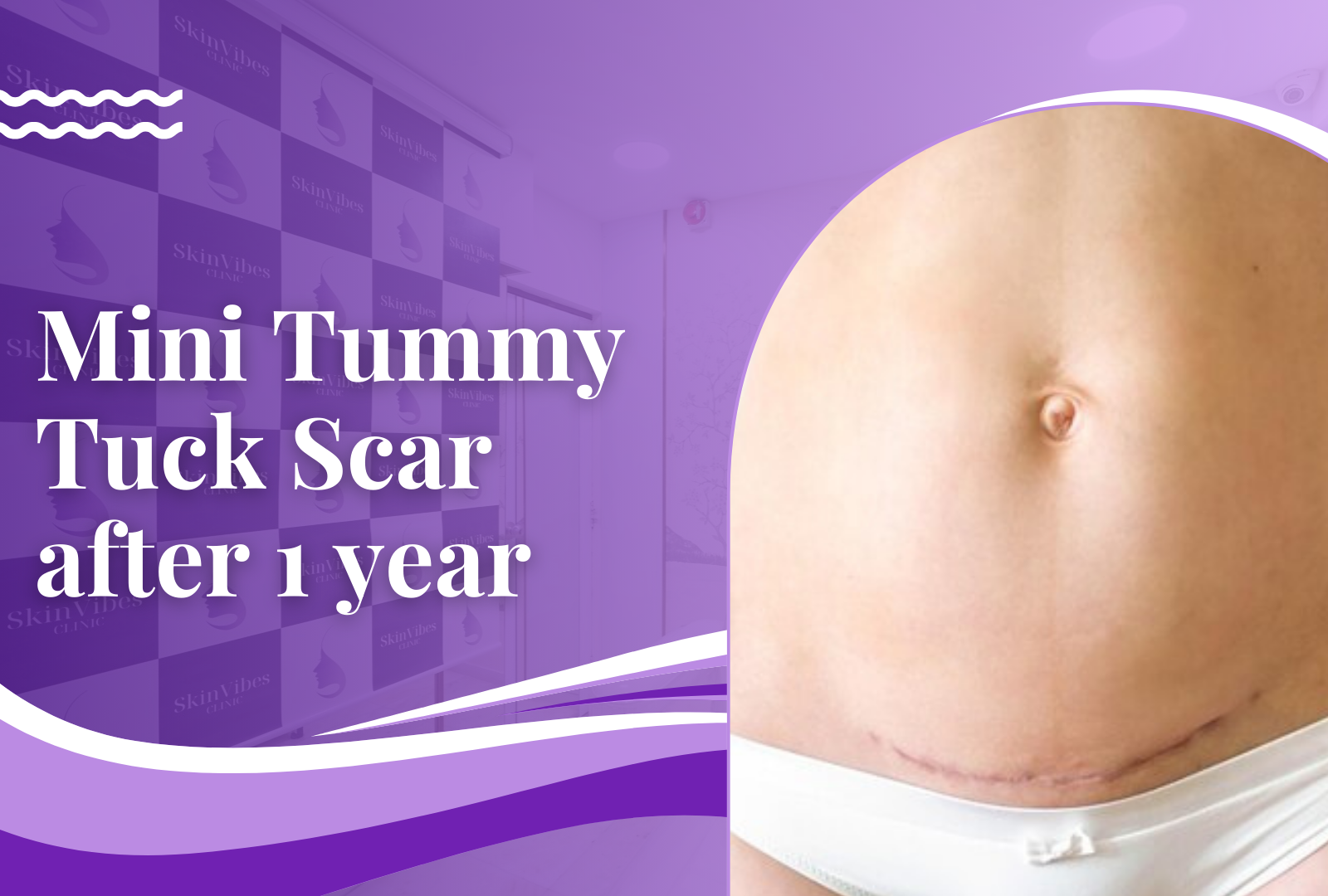











 Injection Site Reaction – Any cosmetic injection, including Botox, can cause localized swelling as the skin reacts to the needle. This reaction is typically mild and subsides within a few days.
Injection Site Reaction – Any cosmetic injection, including Botox, can cause localized swelling as the skin reacts to the needle. This reaction is typically mild and subsides within a few days. Cold Compresses: Applying a cold pack for short intervals can help constrict blood vessels, reduce inflammation, and soothe the affected area. Make sure to use a clean cloth to prevent irritation.
Cold Compresses: Applying a cold pack for short intervals can help constrict blood vessels, reduce inflammation, and soothe the affected area. Make sure to use a clean cloth to prevent irritation.



